Terminal_Block_Applications.pdf
Fuse Blocks, Single Level Pass Through Blocks, Multi Level Terminal Blocks
When looking at power distribution, there are a few different types of terminal blocks that we commonly use:
Fuse Terminal Block - Gives the ability to limit the amount of current that passes through it, protecting any devices downstream of that particular terminal block. If the fused terminal block can be disconnected, it gives more ability to control the power coming from that terminal block.
Single Level Pass Through Terminal Block - Most commonly used as a junction point. Commonly seen when wiring AC neutral wires. Allow for a very clean method to distribute power to multiple locations throughout the control panel. Can also be used where a junction point is required, not just in power distribution.
Multi Level Terminal Block - Gives the ability to save space when there are a lot of terminations that may be required. In some cases they can accommodate three separate circuits in the same amount of space that a single level terminal block could be used.
Transcript
[0m:4s] Hi I'm Josh Bloom, welcome to another video in the RSP Supply education series. If you find that these videos are helpful to you, it certainly helps us out if you could give us a big thumbs up and subscribe to our channel.
[0m:16s] In today's video, we want to take another look at terminal blocks. We have several other videos that focus on terminal blocks and cover a wide variety of topics. If you have not already seen any of these other videos, we encourage you to go back and watch them as we talk about. The many different types, uses, and functions of terminal blocks. For the purpose of today's video, I want to discuss a few of the most common types of terminal blocks and focus on the different scenarios that we use each unique style of terminal block in.
[0m:49s] The terminal blocks that we will discuss are fused terminal blocks, single level pass through terminal blocks, and multilevel terminal blocks.
[0m:59s] While it would be possible to use any of these types of terminal blocks in many different scenarios, it may not make sense to use them in certain situations. Even if they can get the job done.
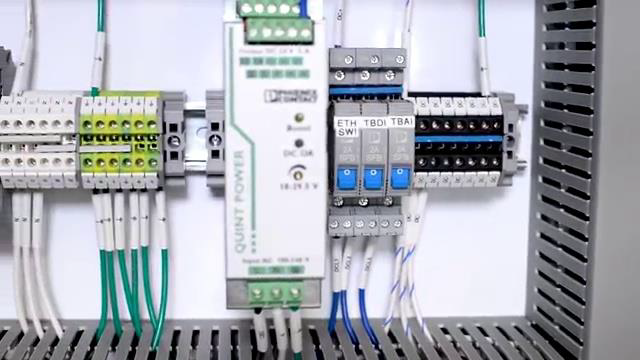
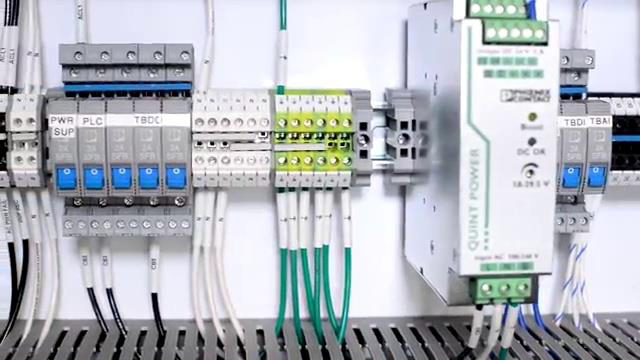
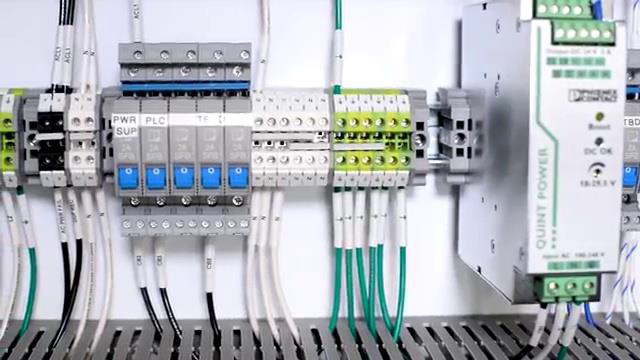
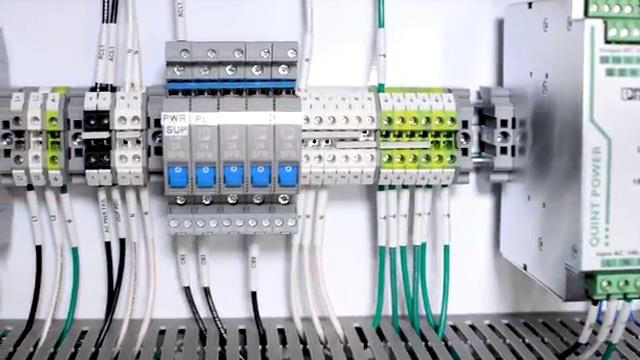
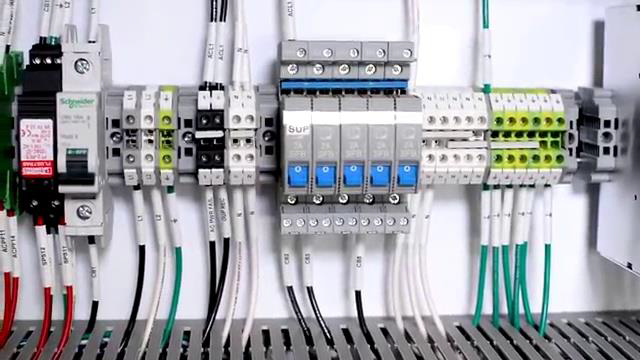
[1m:12s] For example, while a multilevel terminal block can be used to distribute power, it may not be necessary to have more than one terminal available to properly perform that specific task.
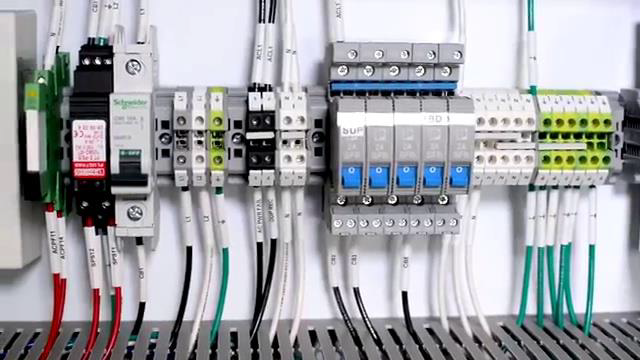
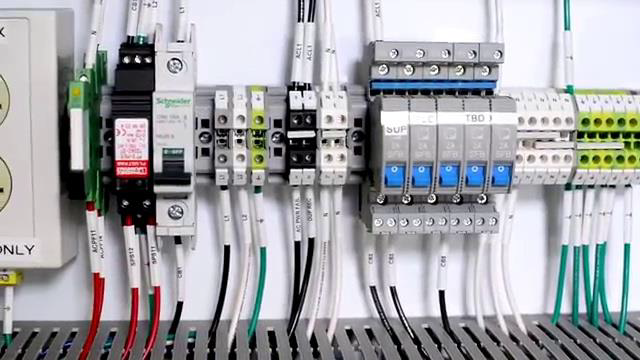

[1m:28s] Using a multilevel terminal block would not be necessary or or cost effective.
[1m:33s] So let's look at a few different areas where each of the terminal blocks that we have mentioned would make the most sense. Keep in mind, this is just one method that we use, but there are many different approaches that can be taken to achieve the very same result.
[1m:49s] When looking at power distribution, there are a few different types of terminal blocks that we commonly use.
[1m:55s] The first is a fused terminal block. In the case of this particular panel, we are actually using circuit breakers, but these could easily be replaced with fused terminal blocks.
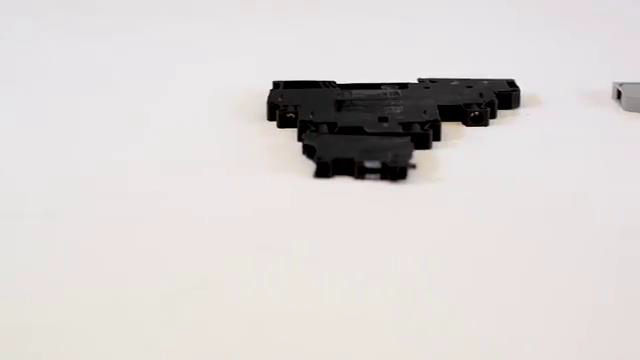
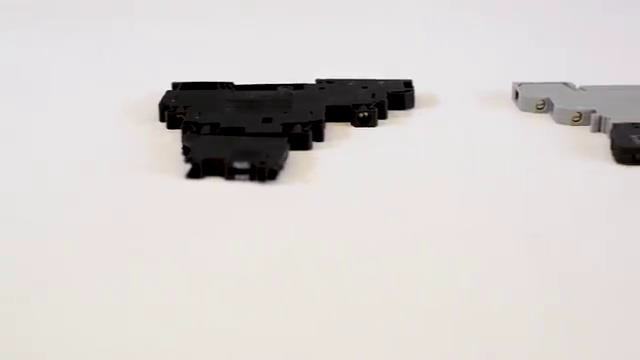
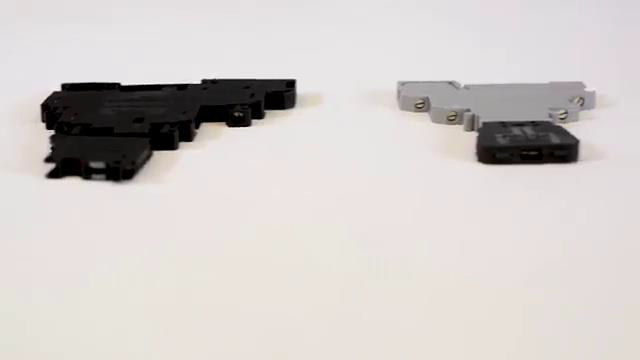
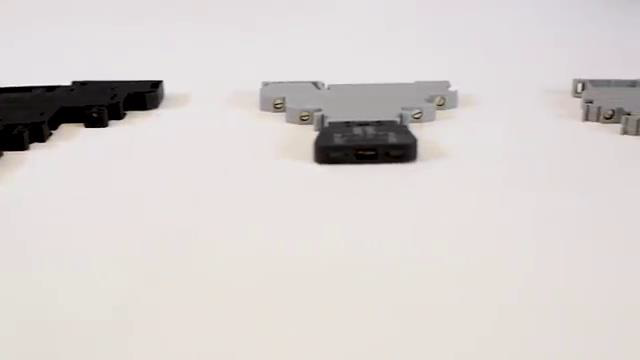
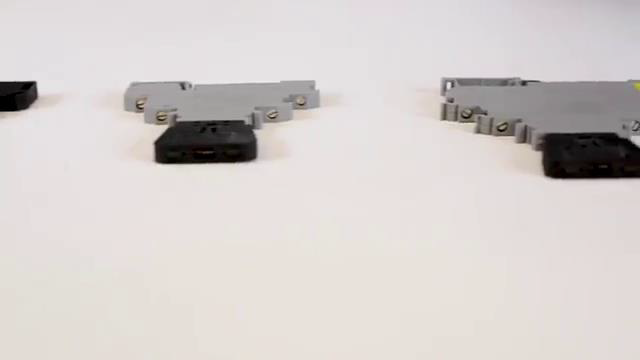

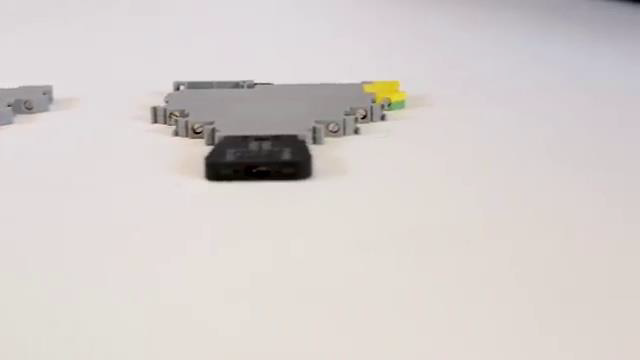
[2m:7s] The reason a fuse block makes sense in this application is because it can give you the ability to limit the amount of current that passes through it, protecting any of the devices downstream of that particular block. Better yet if a fuse terminal block is used that also has the ability to be disconnected, it then gives you even more ability to control the power coming from that terminal block.
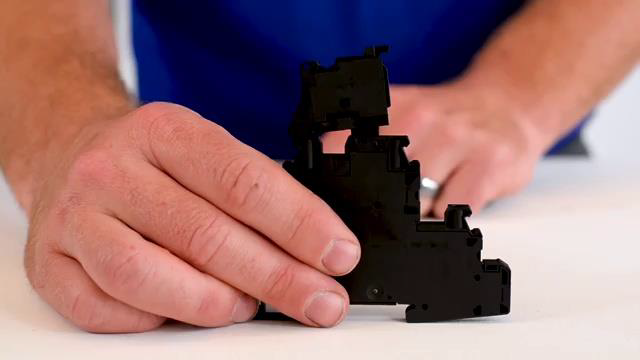
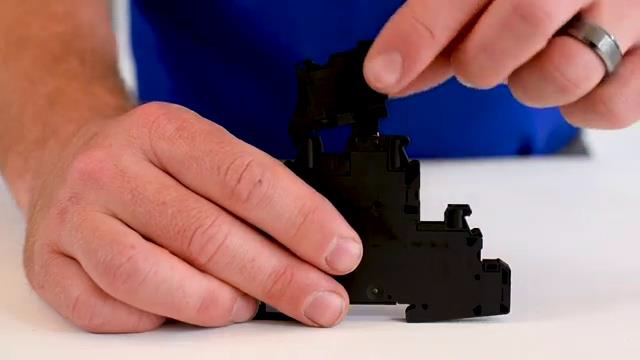
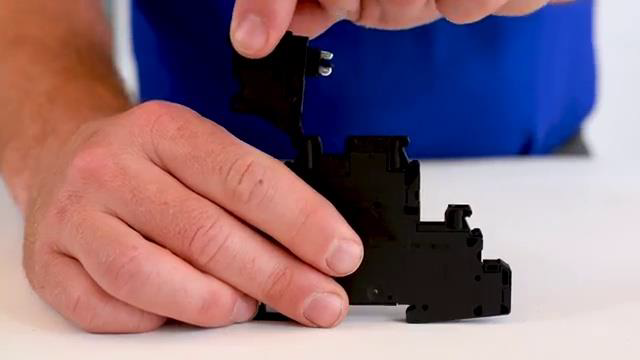


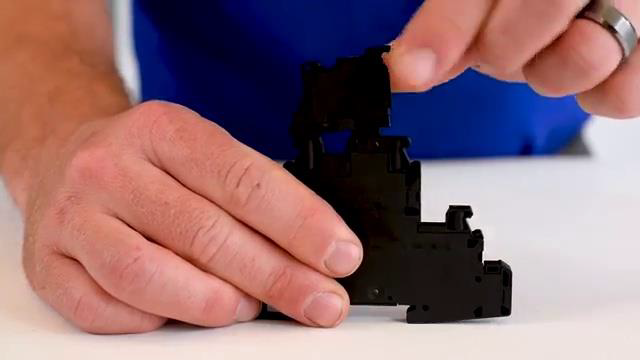
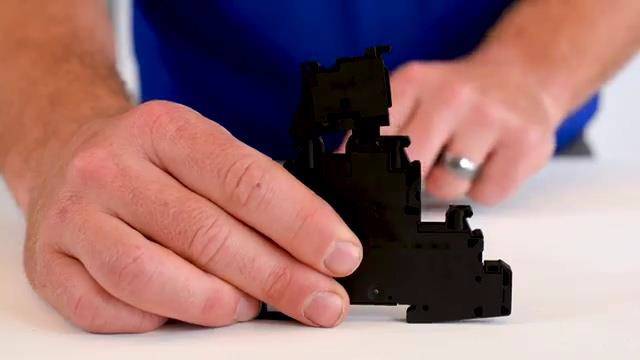
[2m:36s] Single level passthrough terminal blocks are also commonly used to distribute power throughout the control panel, as you can see here.
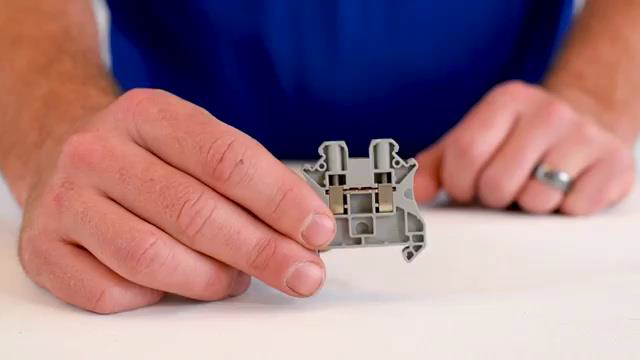
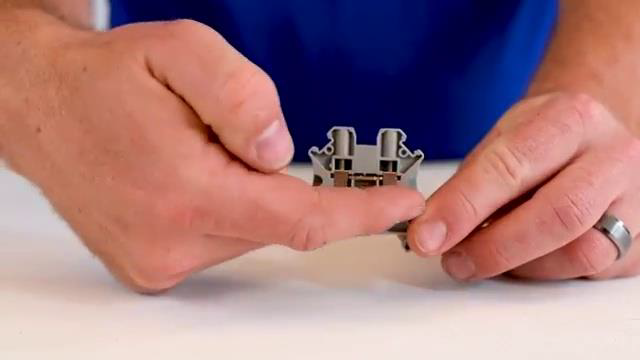
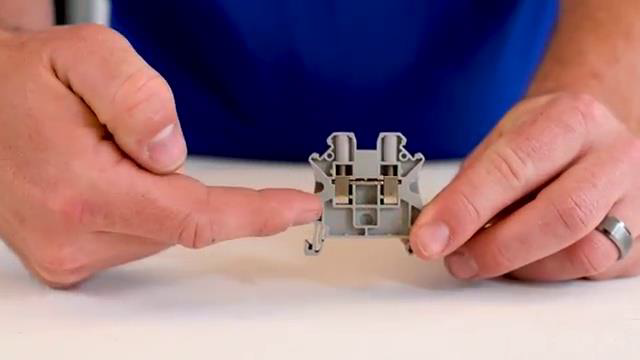
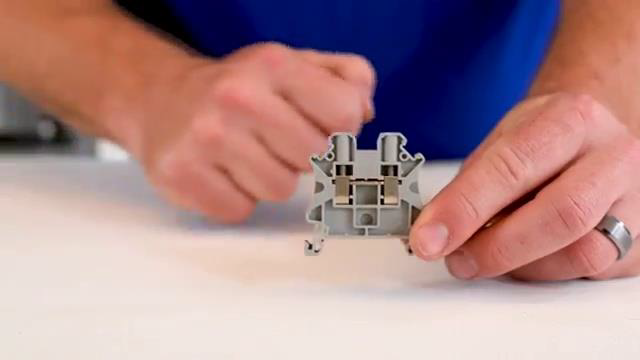
[2m:44s] However, without the ability to provide any fused protection, the pass through terminal block is the most commonly used as a junction point.
[2m:54s] You commonly see this when wiring AC neutral wires or AC hot wires that are not fused, as you can see here.
[3m:3s] These single level blocks allow for a very clean method to distribute power to multiple locations throughout a control panel.
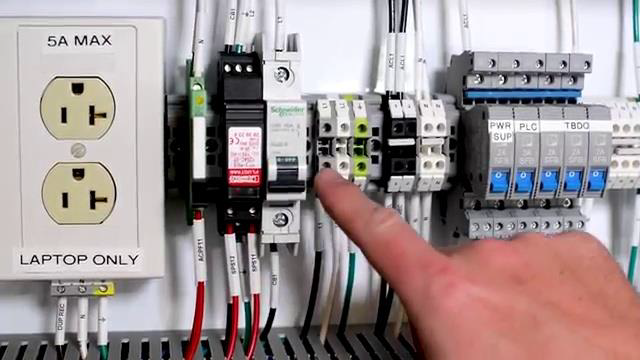
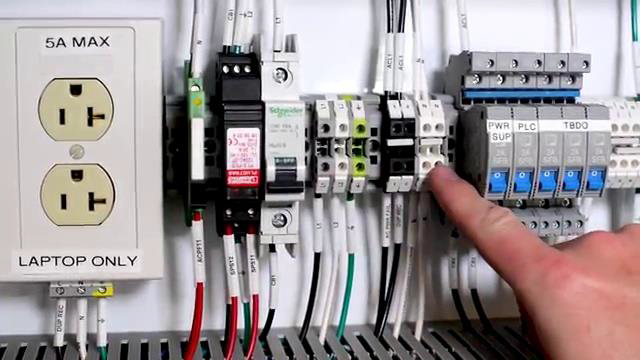
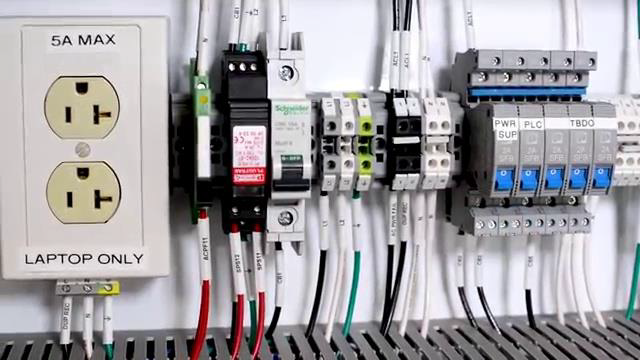
[3m:12s] Single level pass through terminal blocks can also be used anywhere a junction point is required, not just in power distribution.
[3m:20s] So it is common to see them being used in control panels where a junction might be necessary.
[3m:26s] Now let's look at multi level terminal blocks and applications where they might make the most sense. One big advantage to using multilevel terminal blocks
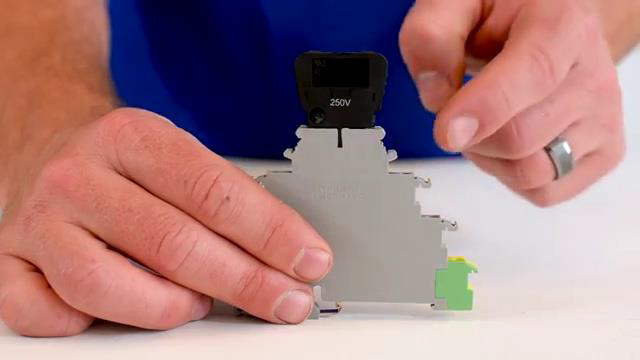
[3m:37s] is the ability they give you to save space when there are a lot of terminations that might be required.
[3m:44s] In some cases, a multilevel terminal block can accommodate three separate circuits in the same amount of space that a single level terminal block could be used in.
[3m:55s] For example, when wiring an analog signal to a PLC like you've seen here,
[4m:2s] the multi level terminal lot could be used for outgoing power to the instrument, return DC, and instrument signal levels, all in one terminal block.
[4m:12s] This ability provides great versatility and flexibility when designing industrial control panels.
[4m:19s] As you can see, there are many different areas where different types of terminal blocks can be used, but it is best to try to fit the style of terminal block you are using to the application that will both maximize the use of the terminal block, while not providing more function than is absolutely necessary.
[4m:38s] For a full line of terminal blocks and thousands of other products, please go to our website. For more information or other educational videos, go to RSPSupply.com, the Internet's top source for industrial hardware. Also, don't forget: like and subscribe.




